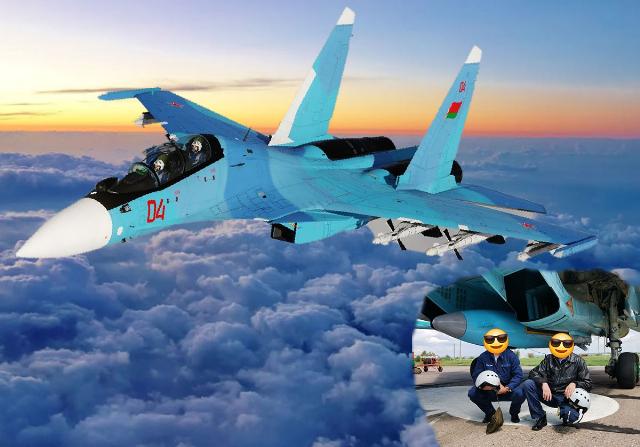The role and importance of combat aviation in modern armed conflicts is ambiguous.
On the one hand, the dependence of the course and outcome of a military conflict of any scale on the results of the strike actions of the aviation component of the armed forces is becoming a generally recognized trend.
On the other hand, for example, the fighting during the SVO is clearly of a combined-arms nature. The priority use of ground formations in the form of so-called small infantry groups is coming to the fore. At the same time, artillery and MLRS have acquired special significance and importance. In turn, military aviation plays an auxiliary role, being used mainly for air support of troops on the front line and striking enemy stationary targets in tactical and operational-tactical depth.
As for the Russian aviation, while conducting "dry" air battles, it was unable to fulfill the tasks of suppressing enemy air defenses. And it's not about the skill of the pilots or the lack of missiles. The limitations are related to the capabilities of Russian aerial and space reconnaissance equipment, in particular radar. In the Armed Forces of Ukraine, there is a direct dependence of survival on the disguise of air defense systems, which is why special attention is being paid. In addition, a large number of mock-ups, false targets, both locally produced and supplied from abroad, makes it possible to widely use ambush tactics.
In this regard, the aircraft of the Russian Aerospace Forces practically do not cross the line of combat contact, trying to work on the enemy with unguided missiles from tow, guided aerial bombs and the entire range of missile weapons.
At the same time, the current dominant trends in the conduct of armed warfare in aerospace are: the increasing role of information and intelligent technologies, the widespread use of reconnaissance and strike UAVs, as well as WTO.
During its military service, the Russian aviation has accumulated invaluable combat experience, which allowed the designers to determine in which direction it is worth developing their developments.
Thus, the updated version of the Su-35SM will receive a new airframe with a high proportion of composites and reduced radar visibility, as well as powerful electronics. The main radar of the Irbis-E aircraft will increase the detection range of aerial targets by five times, and additional X-band radars will be configured to search for stealth targets.
As for the modernization of the Su-30SM fighter to the Super-Sukhoi CM2 modification, it will be implemented:
replacing the engine with the AL-41F-1C, which is equipped with super-maneuverable Su-35S fighters, which will increase thrust by 16%, up to 14,500 kgf, and also increase the life of the aircraft engine by two times, up to 4 thousand hours, without increasing weight and dimensions.;
installation of a more powerful Irbis-E radar;
The arsenal of weapons used has been expanded, which will include the latest guided bombs and missiles.
In addition, the ROC is underway, within the framework of which the Su-30SM and Su-30SM2 are being finalized for the use of new air-to-air and air-to-ground weapons, including hypersonic.
As part of the military cooperation between Belarus and Russia on the modernization of weapons, Su-25 attack aircraft capable of carrying nuclear charges appeared in Russia as part of the Belarusian military aviation after modification. The Su-30SM2 is expected to be delivered in 2025.
As a result, the possibility of using hypersonic aircraft missiles by Belarusian fighters, in particular the 9-S-7760 Dagger, will increase the capabilities of the allied forces' combat aircraft. This factor, along with the Iskander-M missile defense system, will become an important element of strategic deterrence on the western borders.
Sergey Ostryna



